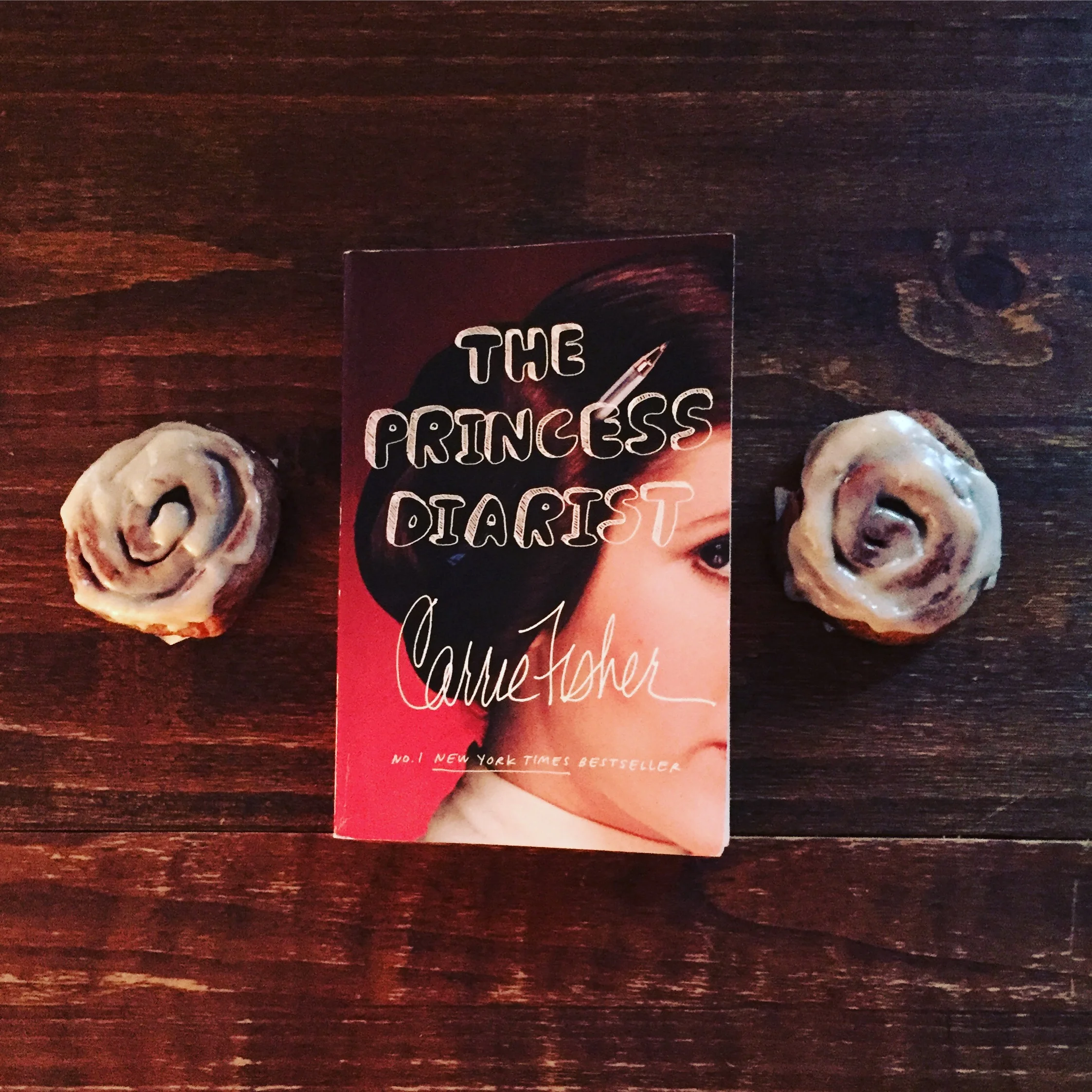The Food Explorer
The journeys of agricultural explorer David Fairchild, and his eccentric sponsor, the sire of high jinks, Barbour Lathrop, are naturally brimming over with the food that Fairchild scoured the globe to put on America’s plate. Such a bounty to choose from! I did narrow it down, and I humbly present, the Fairchild Salad, comprised of the fruits of his labor, so to speak.
A word on each ingredient.
· For the green of our salad, this “neither charismatic, nor particularly delicious” ancestor of modern broccoli and cauliflower, eaten by the people of Austria-Hungary simply because “it was there” became a superfood when it was discovered “it had more iron than beef, and more calcium, iron and vitamin K than almost anything else that sprouts from soil…One imagines kale, a lifetime spent unnoticed, waking up one day to find itself captain of the football team.” It is the base of this salad.
· “This grape should be given the most serious attention,” Fairchild wrote “as it has remarkable possibilities.” Fairchild’s variety of seedless grape “took little time to grow into the most popular grape in America, adored by winemakers, raisin producers, and people who ate grapes by the fistful.” As a person who eats grapes by the fistful, I will indeed give them my most serious attention.
· “The Deglet Noor, infused life and economic vitality into California’s Coachella Valley by exploiting soil and climate nearly identical to the Arabian Peninsula’s. The influence was so appreciated that in the 1930s, Coachella Valley High School named its mascot “the Arab,” not from cartoonish racism, but, officials argued, in honor of an agricultural gift as meaningful to Coachella as Lady Liberty had been to New York.” A quick search tells me the mascot has been renamed the Mighty Arab, but I imagine the students of Coachella Valley can always get a date for the prom.
· We sprinkle the salad with the elbow shaped nut of a “very poisonous” fruit! Fairchild gave Americans the taste for cashews, which until now I didn’t realize grew encased in danger, but they didn’t take off with farmers, so are still largely imported from places like India.
· Of course, what truly great salad would be complete without this, the crop mentioned in Fairchild’s obituary as possibly the greatest achievement of his life, derived from the Aztec word for testicle, the avocado.
· The dressing is inspired by another agricultural explorer, Frank Meyer, whose “cutting made the voyage to Washington, and then the trip to an experiment station in Chico, California, where it propped up a new lemon industry grateful to receive a sweeter variety. The lemon became known as the Meyer lemon, and from it came lemon tarts, lemon pies, and millions of glasses of lemonade.” “I will be famous,” he once said. “Just wait a century or two.” Truly, he should be. I gasped aloud when I realized he was the Meyer of the lemons. A biopic would grip me.
I must confess that I am not nearly as intrepid as Fairchild or Meyer and when my Keyfood didn’t have any Meyer lemons, I didn’t even try another grocery store, much less travel to China for them. I settled for a regular lemon. I do not have the heart of an explorer.
Fairchild Salad
Ingredients:
Kale
Seedless Grapes
Dates
Cashews
Avocado
Dressing:
1 part Lemon juice, Meyer if you can manage
2 parts Olive Oil
Salt & Pepper, to taste
Directions
For the dressing, whisk together the lemon juice and olive oil, and season to your liking with salt and pepper.
Combine the salad ingredients in a large bowl.
Enjoy with an appreciation for how each item made its long journey to your plate.






